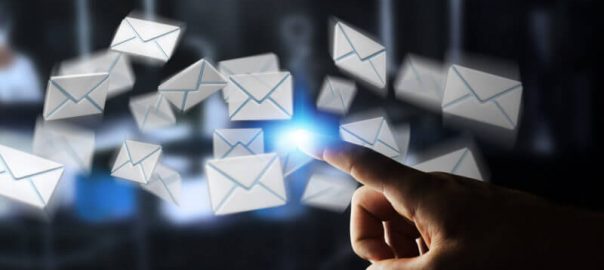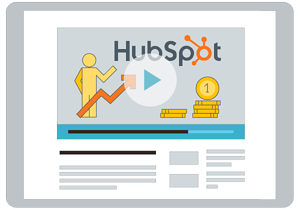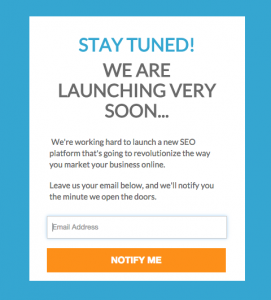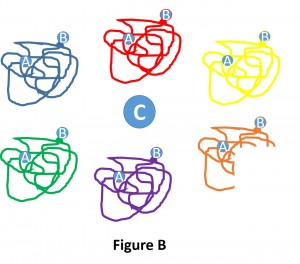From using AI to thinking cross-channel, contributor Eric Stahl shares how you can take advantage of data to step up your email marketing efforts.

Email has been a part of our lives for so long that most of us take it for granted. But take a closer look the next time your inbox pings. Marketers are always at work transforming email in new and interesting ways to engage the consumer.
I was reminded of this on a recent trip to Las Vegas, when I stayed at the Venetian. The morning I left, I received an email saying that all I needed to do to check out was click a button in the email message to initiate the process. I was pleasantly surprised because it was clear that the hotel valued my time by seamlessly integrating the checkout process into the regular flow of my life.
Email is older than social media and messaging apps, but don’t underestimate its power. Eighty percent of marketing leaders cite email marketing as core to their business, according to the 2016 Salesforce State of Marketing Research Report. Good campaigns elevate the experience so that you’re excited at that ding of new mail.
Go beyond simply acquiring email addresses
Email’s barrier to entry is low for consumers, and marketers know that. If someone already trusts a brand, it makes signing up a no-brainer. Just think of how many times you’ve given your email address at the register of a favorite store or online in exchange for an appealing offer.
But as a marketer, how do you handle that first interaction with the customer? You can’t just ask for an email address without giving something of value in return.
What will you give to encourage the customer to share? Companies that do business with other companies often offer white papers and free trials. Brands that deal directly with consumers, on the other hand, entice people with discounts, exclusive offers and membership program rewards.
Early on, marketers should interact with consumers minimally and intelligently by leveraging transactional emails, like shipping confirmations, receipts or appointment reminders. These sorts of messages have much higher open rates than promotional emails and build positive sentiment.
Progressive profiling over the course of subsequent interactions will yield more data, and give a better sense of the customer’s interests and preferences. Depending on what emails are opened, seen and acted upon, marketers will learn how to better personalize content and interact with specific consumers.
As data rolls in and refines consumer profiles, incentives can offer even more information about the customer. It’s an ongoing conversation whereby you get meaningful feedback quickly that you can act on. On the other hand, if you start to boost how many emails you send, and you see unsubscribes suddenly shoot up, you know you’ve hit the limit.
Double down on AI for better results
Companies have come a long way in their ability to engage with customers over email. They’ve gotten incredibly accurate with content and timing. Thanks to artificial intelligence, that accuracy continues to improve. The massive amount of data generated by customer browsing, response times, click-through rates and so on are sorted and filtered by AI software to generate predictive product and content recommendations — and to optimize the customer’s email journey like never before.
For example, sports-merchandise company Fanatics (disclosure: client) uses subscriber data and past purchase behavior to create unique emails for each subscriber. Since they manage most college and professional sports brands, they can leverage tons of data to understand trends.
In another example, furniture retailer Room & Board (disclosure: client) sends out a “complete your room” email, which is similar to an email intended to upsell the customer but is more sensitive to the customer’s buying decisions. By incorporating the customer’s browsing behavior into the message, the customer sees content that’s tailored for him or her — and it works. For Room & Board, targeted recommendations led to a 40 percent rise in the value of web orders and a 60 percent increase in the value of in-store purchases. The use of predictive intelligence to refine campaigns yielded an astounding 2,900 percent ROI in the first year of use alone.
Remember to think cross-channel
An effective email marketing strategy can take time to master, especially in this day and age when personalization can make or break a brand. So how can marketers ensure they’re targeting the right consumers with the right message at the right time? They’ve got to think cross-channel.
Because email generates so much useful data, it can support cross-channel engagement — like in advertising, for example. This can mean pairing emails with focused digital ads to increase visibility and the likelihood that a customer will buy. Or using customer email data to create customer audiences on platforms like Google or Facebook.
In a case study we released with Facebook, an online retailer targeted its customers with email marketing and Facebook ads on their profile pages. Not only did the retailer reach 77 percent more of its audience than with email alone, but those customers who saw the ads and opened the emails were 22 percent more likely to buy.
Cross-channel marketing can also be used to find new customers and win back old ones. Marketers can identify online behaviors of loyal customers in order to target new ones with digital ads across the web. They can also turn to targeted ads to reach unsubscribed users with an incentive to come back.
The number one and most important goal with cross-channel is to reach customers where they are and with content that they care about, which will help drive results and keep customers coming back for more.
While email may seem like old news, that’s far from true. Not only does email continue to drive incredible sales for brands, but it provides invaluable data for marketers to use for better customer engagement, from AI to cross-channel.
For a marketer, an email doesn’t just end at the inbox — it’s the start of a working relationship, and one that we’ll continue to see flourish.
Some opinions expressed in this article may be those of a guest author and not necessarily Marketing Land. Staff authors are listed here.
Marketing Land – Internet Marketing News, Strategies & Tips
(54)
Report Post






